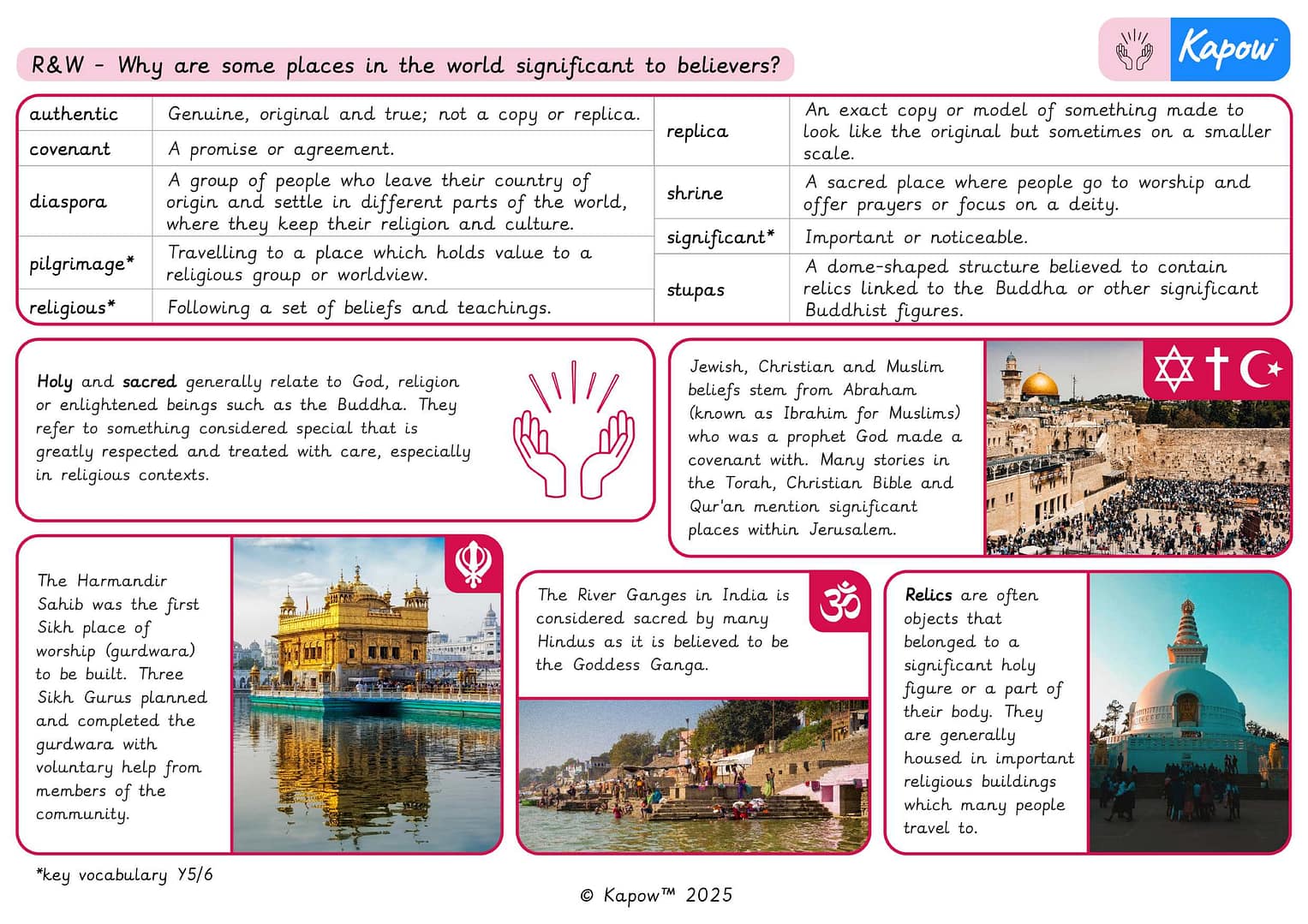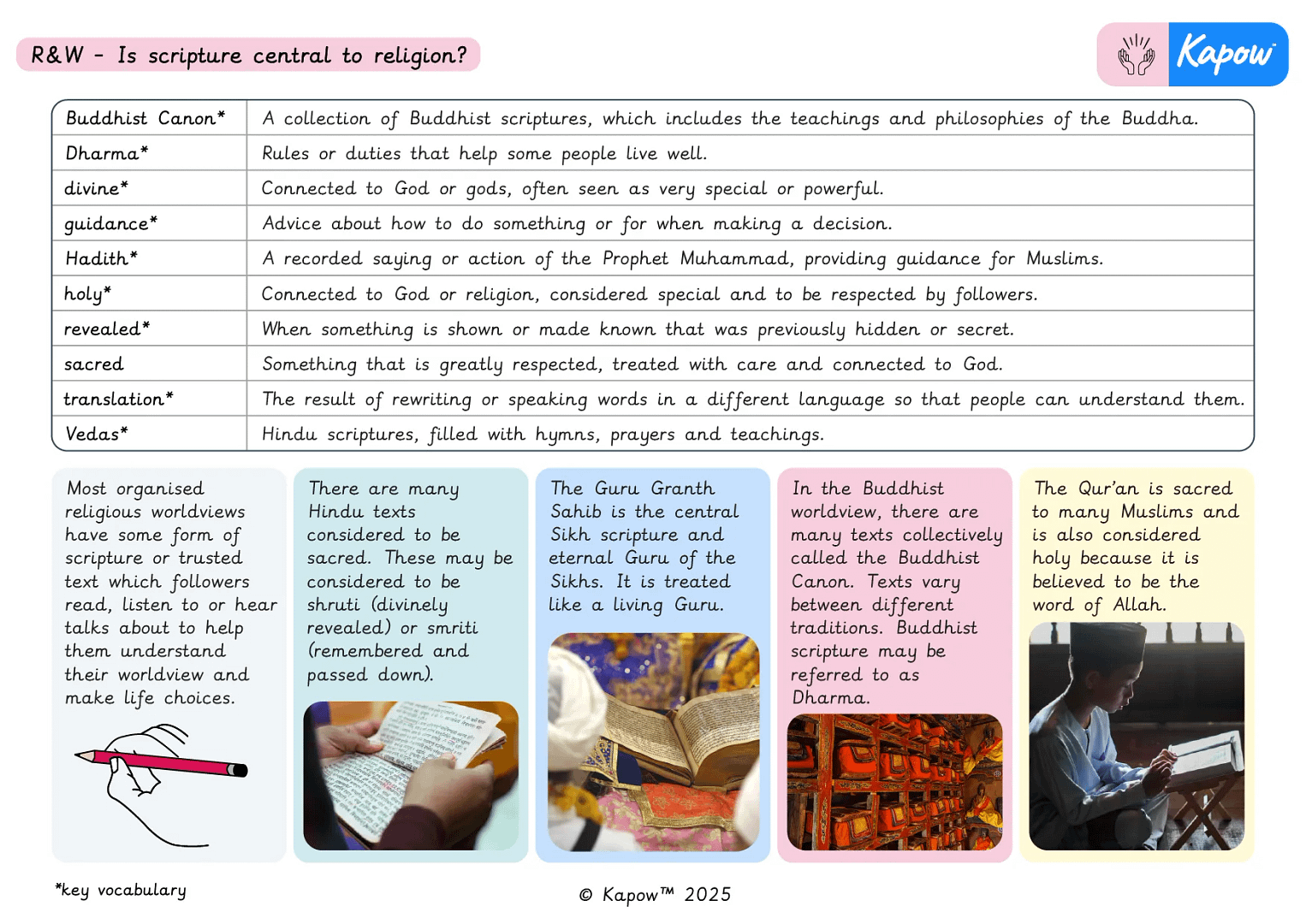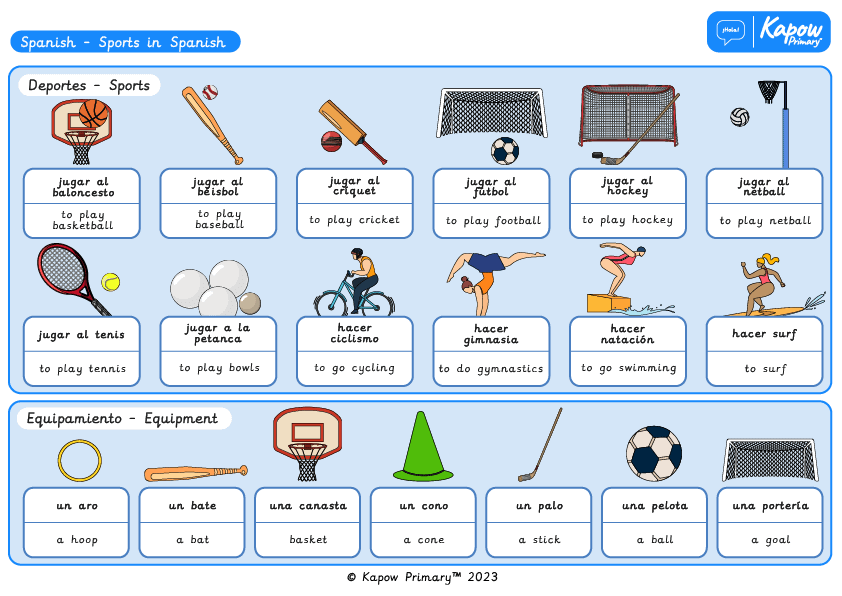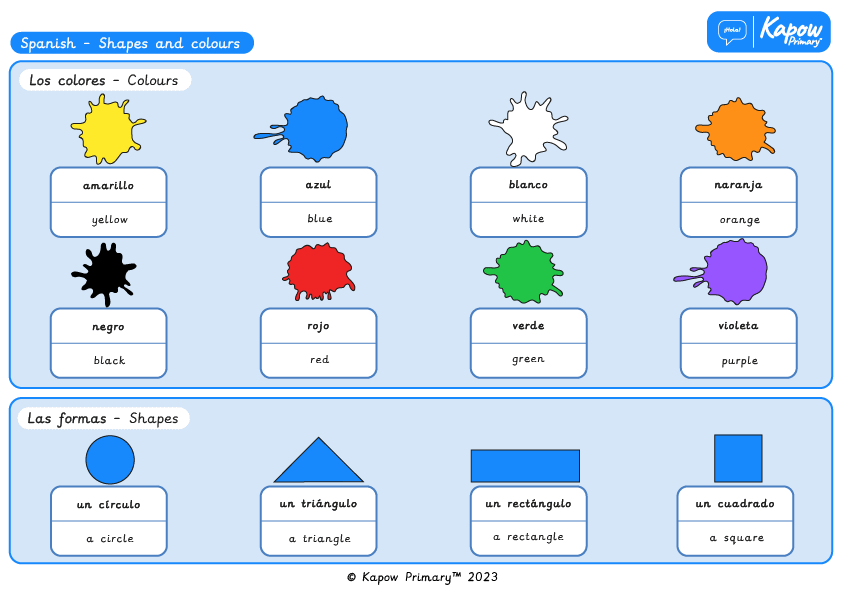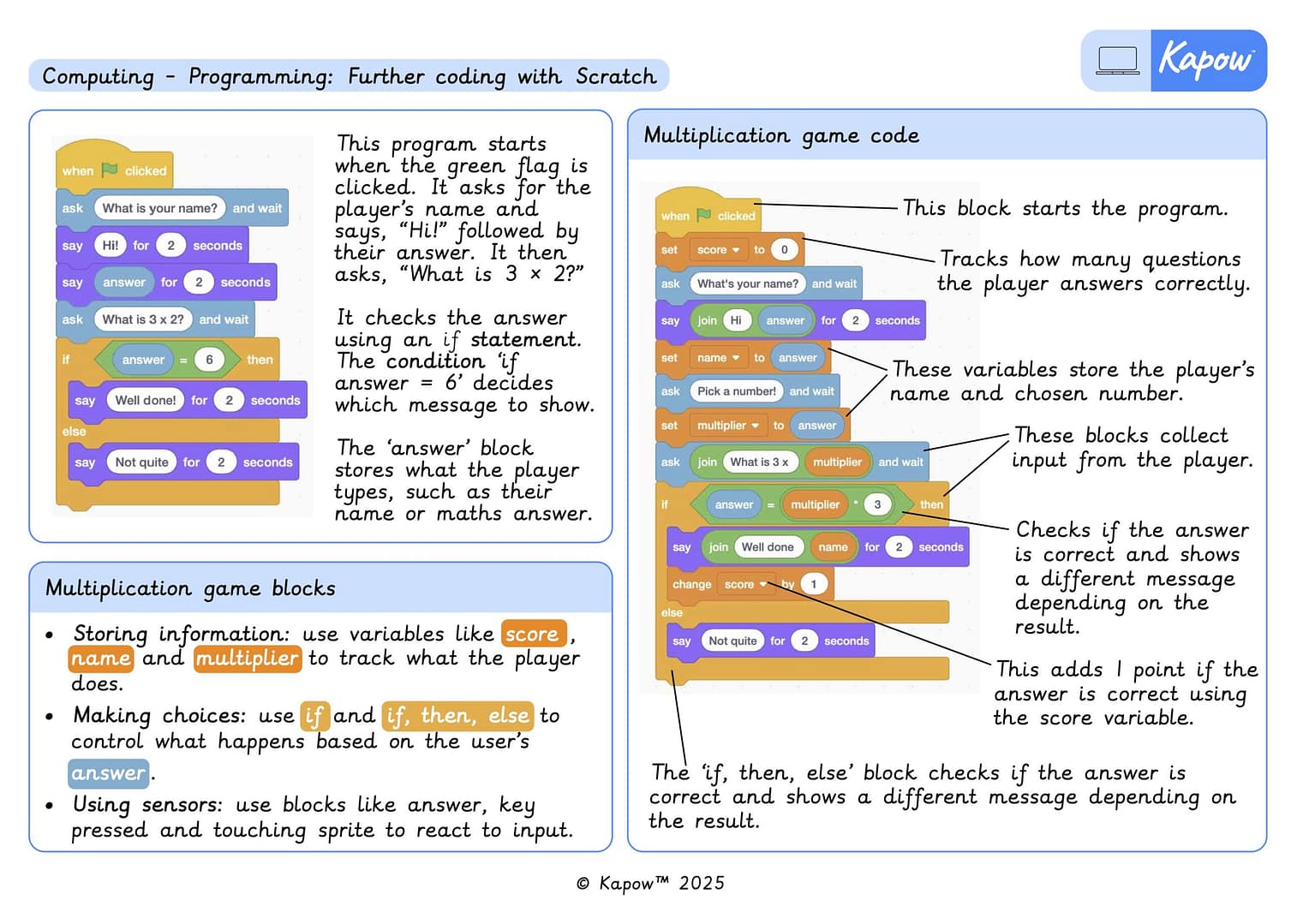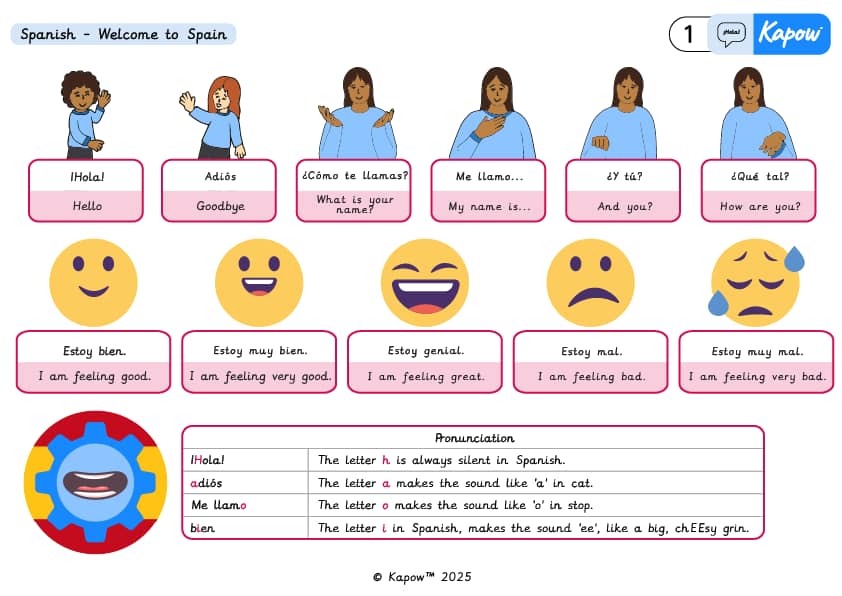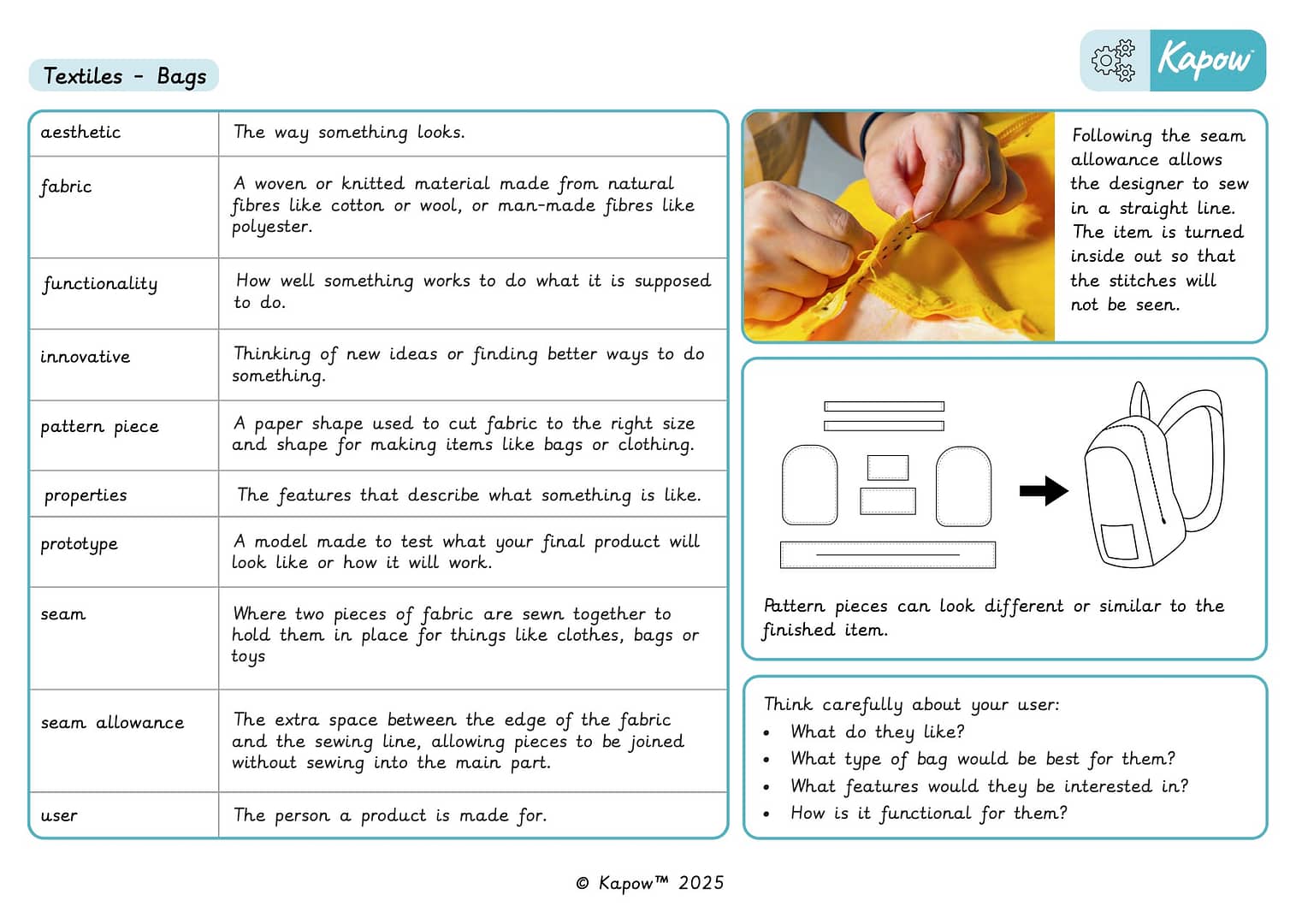Featured Document Type: Knowledge organiser
Knowledge organiser – R&W Y5/ 6 (B): Why are some places in the world significant to believers?
Knowledge organiser – R&W Y3/4 (B): Is scripture central to religion?
Knowledge organiser – Spanish Y5/6 (B): Sports in Spanish
Knowledge organiser – Spanish Y3/4 (B): Shapes and colours in Spanish
A Knowledge organiser that captures the essential knowledge and skills learnt throughout the mixed-age unit Spanish, Y3/4 (B), Shapes and colours in Spanish.
This Spanish resource is designed to support children as they explore Spanish names for colours and shapes. It highlights key vocabulary and pronunciation and gives an overview of Spanish phonemes needed for simple conversations about shapes and colours. It is perfect for consolidating essential knowledge and fostering cross-cultural understanding.
Knowledge organiser – Computing Y4: *New* Programming 1: Further programming with Scratch
Knowledge organiser – Spanish Y3/4 (B): Welcome to Spain
A Knowledge organiser that captures the essential knowledge and skills learnt throughout the mixed-age unit Spanish, Y3/4 (B), Welcome to Spain.
This Spanish resource is designed to support children as they explore Spanish greetings and small talk phrases. It highlights key vocabulary and pronunciation and gives an overview of Spanish physical geography, all using images and maps to help embed the language. It is perfect for consolidating essential knowledge and fostering cross-cultural understanding.


